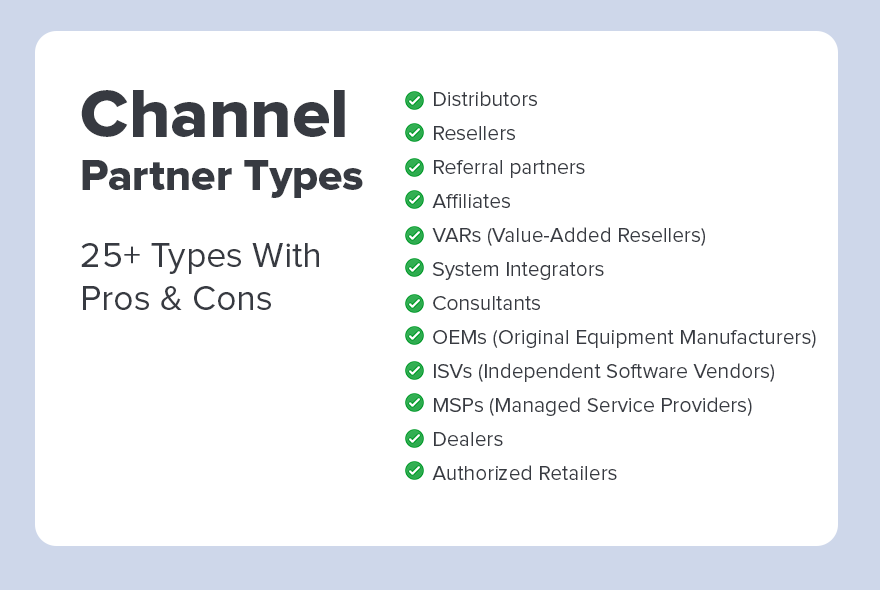The Uniform Electronic Transactions Act (UETA) was drafted in the USA and was the first national act to create rules pertaining to electronic signatures and their use between ratified states. It is similar in definition to the EU eIDas directive. The difference lies in that it pertains to legality of e-documents and signatures drafted in the USA and governs the legality of USA contracts as they affect business between US states and between states and international companies.
Functions of UETA:
UETA delimitates the validity of e-contracts and signatures between states and establishes legal equivalence between hard-copy, manually signed documents, e-documents and electronic signatures. The law makes no difference between formats, thus making both equally enforceable by law. The agreement removes barriers, facilitates and promotes e-commerce and transactions conducted between the USA states themselves or between international companies and US states which have ratified the agreement. To date, forty-eight US states have approved the Act, making e-contracts and e-signatures legal and legally enforceable in those areas.
E-Sign Act vs UETA:
The E-Sign Act is a USA federal act, meaning that it governs online business interactions across all 50 states. The UETA, on the other hand, has to be adopted on a state-by state basis. Individual states may opt to accept or reject UETA guidelines. In cases where disputes arise between ESIGN AND UETA, state law will govern. A provision within UETA does state that an equivalent of the ESIGN protection must be provided to ensure legality of electronic contracts and signatures.
UETA Sections:
Definitions of the law are provided from Section 2-19. Section 2 provides legal definitions as to what specifically constitutes an electronic signature and document as well as the validity. The section also specifies and delaminates the link between the e-signature and document. Unlike with paper versions where the relationship between document and signature are implied, those links were not specified or delimited by law for electronic versions. “This definition expressly provides that the symbol must in some way be linked to, or connected with, the electronic record being signed. This linkage is consistent with the regulations promulgated by the Food and Drug Administration. 21 CFR Part 11 (March 20, 1997).”
Section 3 defines the scope of the act. It stipulates that the agreement only pertains to conducting business – commercial (including customers) and matters pertaining to the government. The Act is beyond scope if it pertains to matters beyond those three entities.
Additionally, the act provides definitions of intended use (Section 6) – to facilitate increased electronic entrepreneurship, gives legal recognition to electronic signatures and contracts (Section 7). The act also mandates that all information be available to all parties concerned and privy to the agreement in question (Section 8). Issues such as retention of records, time and place (where from and the timing of received document) are also detailed and must be adhered to.
Rest assured that upon generating any contract with DocsCube, whether it be within the USA or outside, your documents will be fully compliant and enforceable under the rule of international law.




